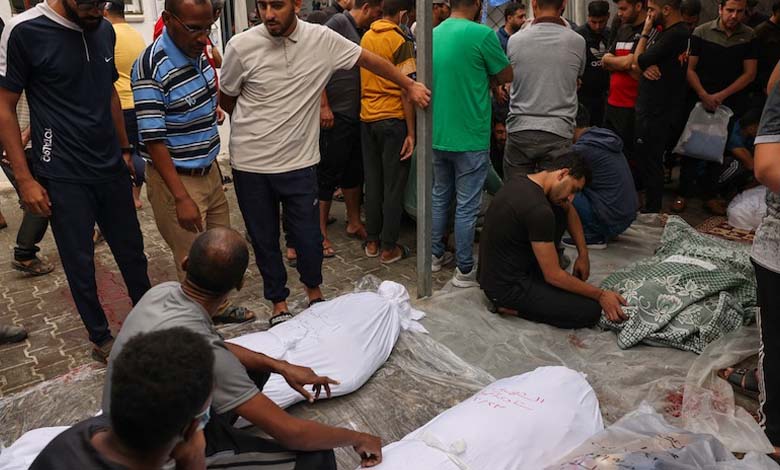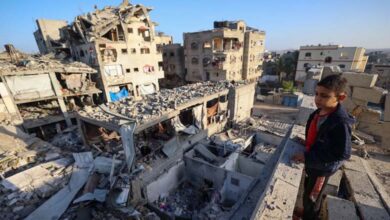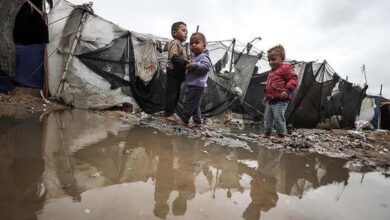New Study Reveals Shocking Facts About Gaza War Victims in Its Early Days

A new study analyzing the first seventeen days of Israeli bombings in the Gaza Strip has found that the death toll announced by Gaza’s Ministry of Health, which was a subject of debate at the time, is reliable and close to the truth, according to the American newspaper “New York Times.”
Shocking Facts
The newspaper continued by noting that the study conducted by Airwars, a British organization that assesses claims of civilian harm in conflicts, adds to previous research indicating that the Health Ministry’s figures in the early days of the war were credible.
In late October, the Health Ministry published the names of around 7,000 people killed in the first 17 days of the war, among thousands of Israeli airstrikes and other explosions during that period. Only a small portion of these incidents – 350 events – were analyzed by Airwars in the study released on Wednesday, and Airwars stated that it independently verified 3,000 names, most of which matched the ministry’s list.
As a result, Airwars said it was confident that the ministry’s casualty reporting system at the beginning of the war was reliable and that it was working on analyzing additional strikes and explosions.
Airwars also noted that the ministry’s more recent figures became less accurate after the destruction of the health system in the region.
Israeli Doubts
According to the newspaper, Israeli officials expressed skepticism about the accuracy of these figures. Early in the war, before the Health Ministry published its list, U.S. President Joe Biden stated that he “had no confidence in the number used by the Palestinians,” although he and other U.S. officials have since expressed more confidence in them and urged Israel to make more efforts to protect civilians.
Israel claims it tries to avoid civilian casualties but points out that Hamas often places its forces in densely populated urban areas.
Airwars focused its research only on the early days of the conflict. It stated that there were many more strikes and other explosions than the nearly 350 it documented during this period.
Mike Spagat, a professor at Royal Holloway College at the University of London, said that about 75% of the names documented by Airwars appeared on the Health Ministry’s October list, a rate that shows “both capture a large part of the underlying reality.” He reviewed the findings and advised on the research process.
Reliable Figures
Many officials and international experts familiar with how the Health Ministry verifies deaths in Gaza – relying on information from morgues and hospitals across the sector – consider its figures generally reliable.
The newspaper added that there is evidence that the quality of the data has declined as infrastructure has collapsed in many parts of the region. Last December, after many hospitals were closed, the Health Ministry announced it would supplement the hospital and morgue toll with “reliable media sources.”
Johns Hopkins researchers found no evidence of inflated casualty numbers until early November, and researchers from the London School of Hygiene and Tropical Medicine, who analyzed the ID numbers from the October list, found no “clear reason” to doubt the data, adding that the toll could even be higher than announced by the health authorities in the sector.
Emily Tripp, the group’s director, said that Airwars used the same methodology to analyze Gaza as it did for conflicts in Iraq, Syria, Ukraine, Libya, and elsewhere.
She added that the pace of deaths in Gaza in October stood out clearly. According to the report, Airwars recorded more allegations of civilian harm in October than any other month in its decade of monitoring, including the U.S.-led war against ISIS and the Russian bombings in Syria.
Among about a quarter of these allegations, at least 10 civilians were killed, a much higher number than in other conflicts monitored.












